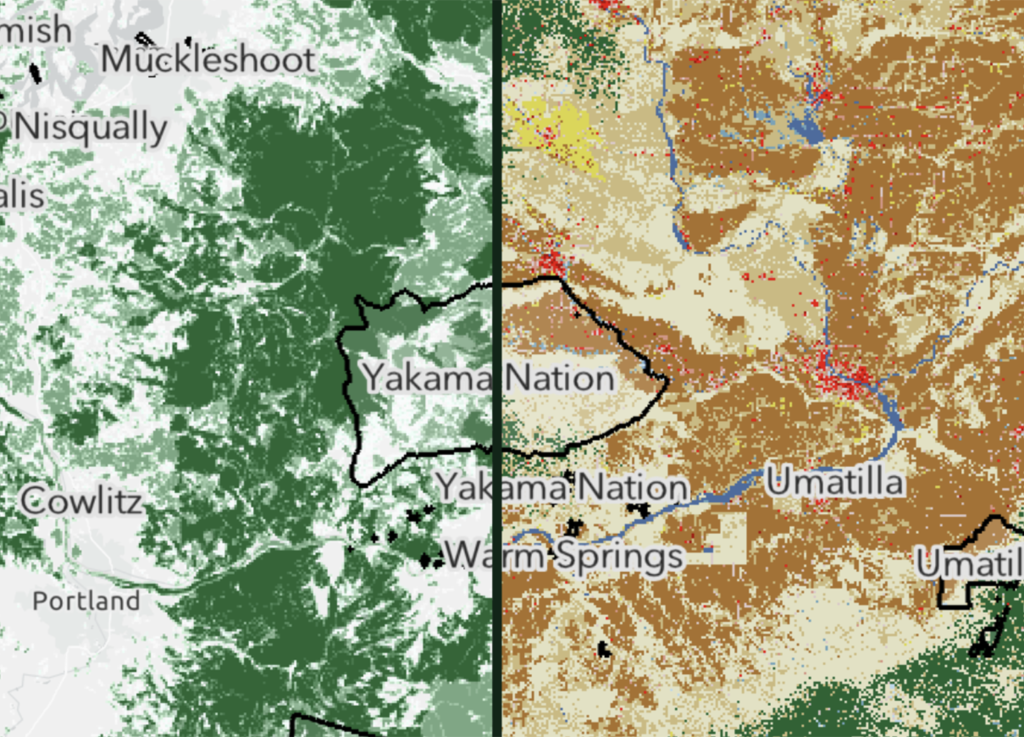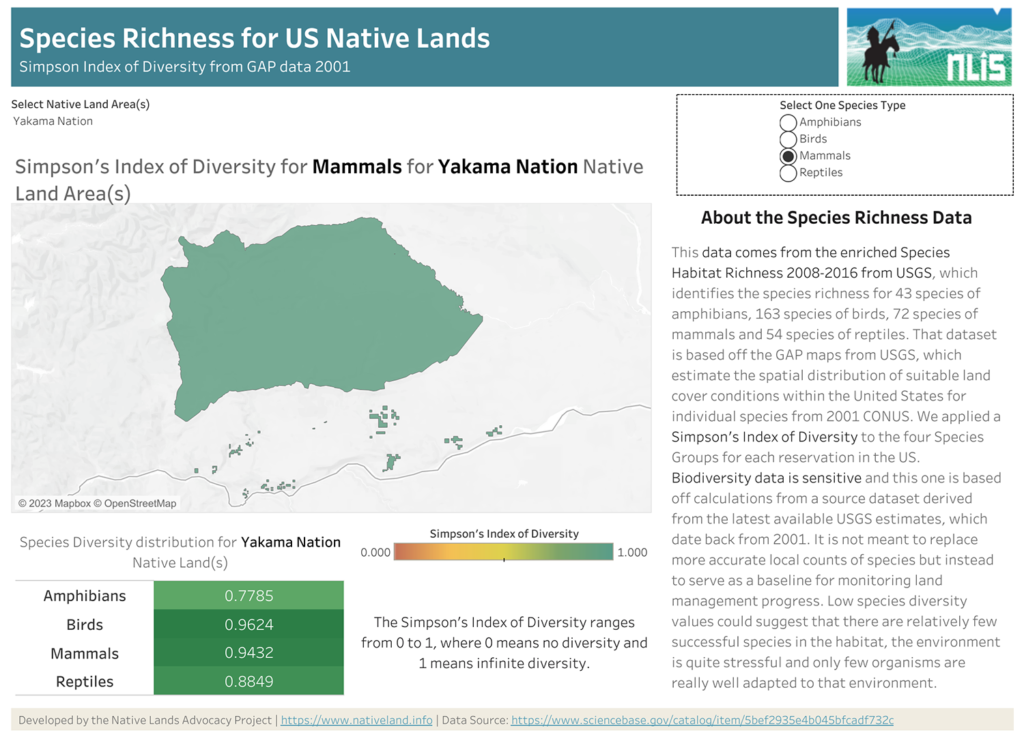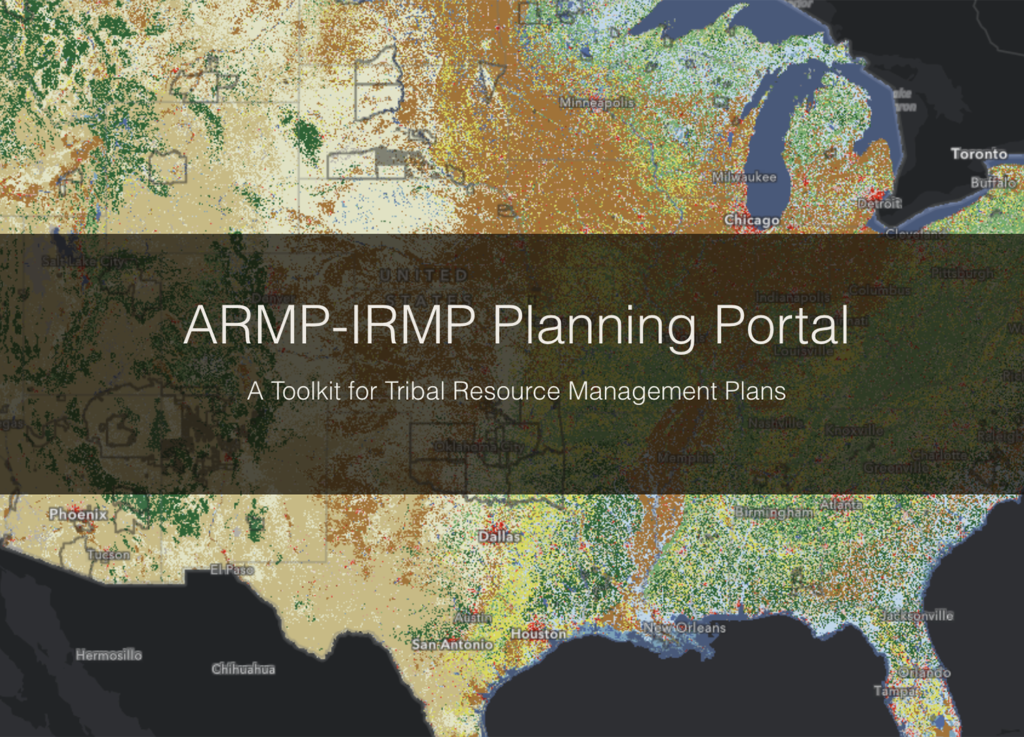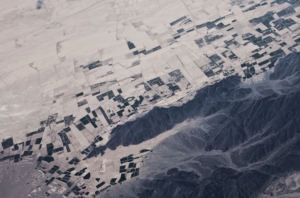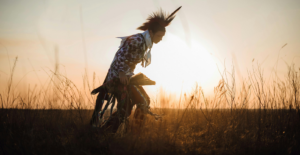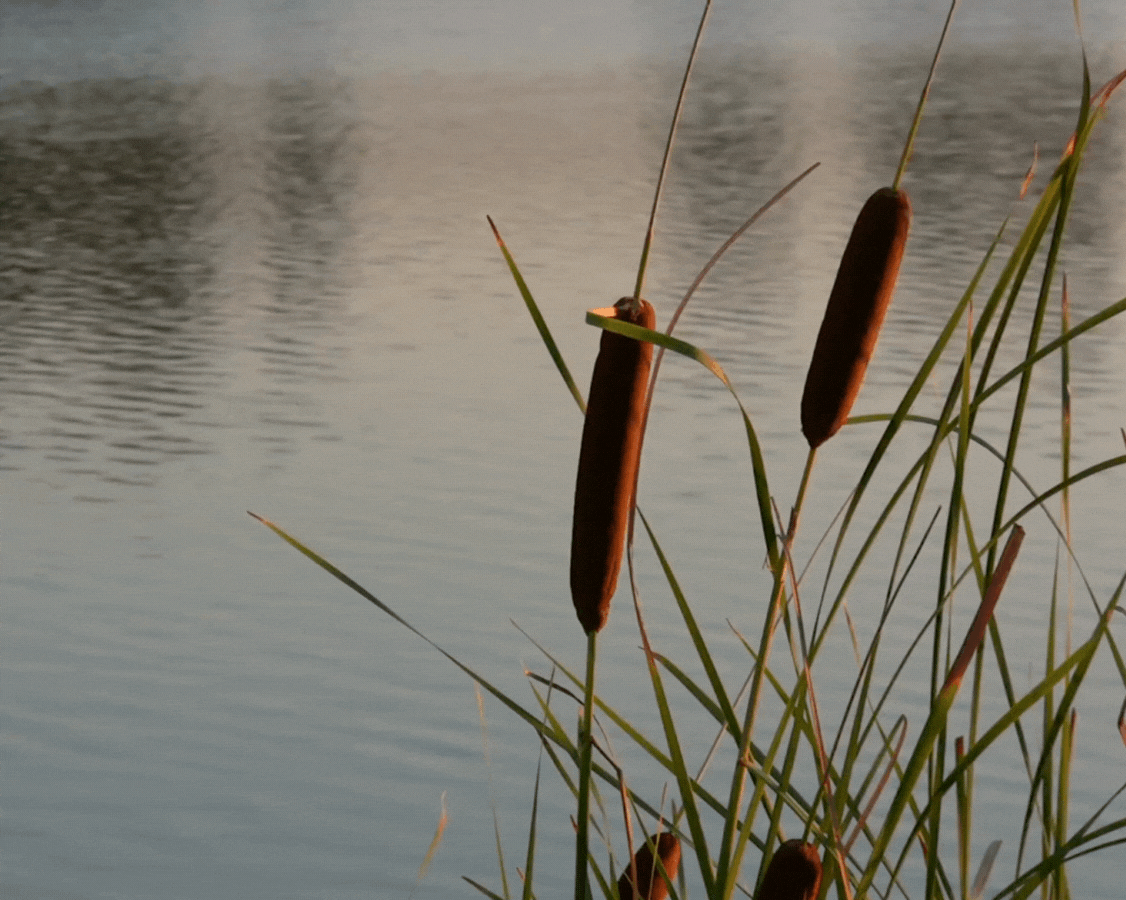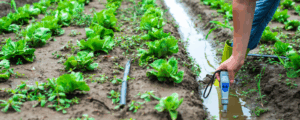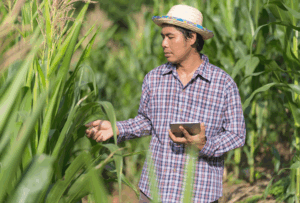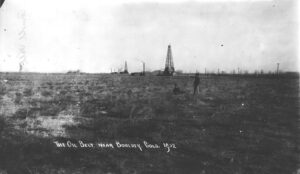The United Nations has proclaimed May 22 to be the International Day of Biological Diversity, or World Biodiversity Day. Today we celebrate the rich diversity of the earth’s lifesystems and recognize that biodiversity is “directly related to the resilience and ability of [a] system to sustain itself in the face of a changing environment” (Johnson et al., 2016). Today we also acknowledge existential threats to biodiversity through climate change, pollution, and habitat destruction. Loss of biodiversity affects our lives in countless ways, including loss of traditional medicines, increased transmission of diseases, declining nutritional health, and more.
As the theme of this year’s International Day of Biological Diversity is From Agreement to Action: Build Back Biodiversity, we must acknowledge that we cannot build back biodiversity without changing the ways we relate with our land and nonhuman relatives.
Indigenous peoples have always been stewards and caretakers of biodiverse lifesystems. While Indigenous peoples constitute about 5% of the world’s population, they protect approximately 80% of the Earth’s biodiversity (Sobrevila, 2008, xii). Indigenous models of reciprocity and responsibility in land-caretaking offer an alternative to the extractive, exploitative, and commodified ways of relating with the land that are dominant in Western practice. We hope for a future in which ethical dialogues between Indigenous science and Western science can co-create innovative, life-enhancing, and sustainable pathways forward (Littlechild & Sutherland, 2021).
Data Sensitivity Disclaimer
At NLAP, we know that data related to biodiversity on Native lands can be sensitive due to a history of extraction and exploitation. We are committed to honoring these areas of protected knowledge. Because of this, we do not publish any private or sensitive information. The data we publish is curated from publicly available datasets and processed in ways that are relevant to Native geographies. We are committed to releasing interactive datasets (dashboards, maps, infographics, etc.) that directly support Native land planning efforts, and we work closely with our partners to ensure our data meets specific needs and is safe to release.
Data Tools for Biological Diversity
The Native Lands Advocacy Project (NLAP) is committed to developing tools for tribes and non-Native allies to use in climate and conservation planning. Using habitat cores made public by ESRI’s Green Infrastructure Initiative, our Intact Habitat Map allows users to view intact habitats on Native lands across the contiguous United States. This map can be used in tandem with the National Land Cover Database Map to assess how commodity agriculture and development have fragmented habitats.
Using data from the USGS’s enriched Species Habitat Richness 2008-2016, our Species Richness Dashboard identifies the species richness for 43 species of amphibians, 163 species of birds, 72 species of mammals, and 54 species of reptiles on Native lands. While imperfect, this tool provides a picture of animal biodiversity on Native lands. (You can read about the methodology and limitations of this tool here.)
And our ARMP-IRMP Planning Portal (developed in collaboration with the Intertribal Agriculture Council, the Indian Land Tenure Foundation, and the Indigenous Food and Agriculture Initiative) provides guidelines and resources to assist tribes in formulating Agriculture and Integrated Resource Management Plans that reflect their Traditional Ecological Knowledges, articulate their own values, and protect their nonhuman relatives.
Littlechild, D., & Sutherland, C. (2021). Enacting and Operationalizing Ethical Space and Two-Eyed Seeing in Indigenous Protected and Conserved Areas and Crown Protected and Conserved Areas. Conservation Through Reconciliation Partnership. Retrieved from https://conservation-reconciliation.ca/ethical-space-resources/enacting-and-operationalizing-ethical-space-in-ipcas-and-crown-protected-and-conserved-areas
Johnson, J.T., Howitt, R., Cajete, G. et al. Weaving Indigenous and sustainability sciences to diversify our methods. Sustain Sci 11, 1–11 (2016). https://doi.org/10.1007/s11625-015-0349-x
Sobrevila, C. (2008). The role of indigenous peoples in biodiversity conservation: the natural but often forgotten partners. World Bank: Washington, DC.
Written by Emma Scheerer

